
In 2015, the Russian advertising sector’s revenue recorded an 18-percent increase. However, the real increase was marginal, as inflation in the country reached 16 percent over the year. The sector’s growth was negatively affected by the economic slowdown in the country. However, the major contributor to the segment’s revenue growth was internet advertising.
The companies’ expenditures on advertising were restricted by the economic slowdown in the country. The advertising budgets of chocolate and sugar confectionary producers, sporting and recreational services providers, and the research and development industry demonstrated significantly slower growth in 2015 compared with the average increase seen from 2010 to 2015.
Advertising spending by chocolate and sugar confectionary producers and sporting and recreational service providers was negatively affected by high inflation and the weak rouble. In addition, domestic consumption was also restricted by a decline in wages in Russia in 2015. Moreover, a slower advertising expenditure growth was also registered in the research and development (R&D) industry, which was negatively affected by red tape and the limited nature of intellectual property protection in Russia. The government’s support for R&D was focused mainly on defense and the military, while the rest of researchers lacked funding.
In 2015, the largest increase in business purchases of advertising services was registered from such industries as retail, cargo handling, and warehousing, as well as travel agencies. Retailers increased their expenditures on advertising because the decline in disposable income in Russia negatively affected consumption in the market and raised competition among retailers.
At the same time, cargo handling, warehousing, and travel agencies increased their advertising expenditures due to a growing competition in the market. Russia’s international trade was impacted by low oil prices, a weak rouble, and Western sanctions that restricted the movement of goods. Russia’s import embargo limited the importation of certain production, primarily food, from the E.U., the U.S., and other Western countries.
Television was still the major advertising channel in Russia. However, according to the Association of Communication Agencies of Russia, expenditures on TV advertising declined by 14 percent in 2015. Pay TV was negatively hit by the advertising ban in effect since 2015. As a result, TV channels were reducing their staff and optimizing their operations. Consequently, smaller companies have been shifting their advertising towards the internet. The economic crisis has also forced TV channels, such as STS, TNT, and Channel One, to reduce their programming budgets. However, TV remained dominant due to its high level of penetration in the country.
The advertising industry was dominated by traditional media advertising, though digital advertising was a significant driver of the industry’s growth. According to the Association of Communication Agencies of Russia, internet advertising was the second-largest category, registering a 15-percent increase in 2015. The growing popularity of digital advertising was supported by an expanding number of active internet users and increasing internet penetration in 2015. At the same time, social media advertising and mobile advertising were also gaining popularity among local consumers.
The low penetration of e-commerce in Russia also created a strong potential for digital advertising growth. In 2015, internet retail sales grew by 17 percent; however, e-commerce accounted for only four percent of total retail value in Russia. The higher increase in e-commerce growth was recorded in less urban areas of Russia, such as villages and small cities, especially in Russia’s Far East region. The most popular products sold online were footwear, clothing, children’s goods, pet products, groceries, and leisure items. Although only a small number of web pages is mobile-friendly in Russia, mobile commerce represents a strong potential for further growth for advertising in the country. Mobile retailing grew by a strong 41 percent in 2015, at the same time driving the demand for mobile advertising.
The profits of the advertising industry saw an increase of 30 percent in 2015, while profitability stood at 34 percent of revenue over the same year. Local advertising agencies managed to optimize their costs, which grew at a slower rate than revenue. The industry remained labor-intensive. Labor costs accounted for 48 percent of total expenditures and grew by 10 percent in 2015. Such growth resulted from a three-percent increase in the number of employees and a seven-percent rise in the average wage over the year.
In line with the industry’s overall expansion, the number of advertising agencies also increased. There were five percent more advertising service providers in 2015, as compared to 2014. The industry was dominated by agencies with more than 100 employees. These firms generated 70 percent of total revenue in 2015.
GrupeM is an advertising agency based in Russia. The company is engaged in providing various advertising services, such as the planning, design, and production of advertising, media services, and marketing campaigns. In 2015, GrupeM focused on investing in the digital platform and positioning itself as a data and technology-driven advertising agency.
Dentsu Aegis Network Russia is a subsidiary of the global communications group Dentsu Aegis Network. Dentsu Aegis Network Russia incorporates such media agencies as Vizeum, Carat, and Ad O’clock, digital agencies AdWatch Isobar and Traffic Isobar, performance marketing agency iProspect, and others.
In 2015, Russ Outdoor installed eight high-quality digital outdoor advertising screens in partnership with JCDecaux in Moscow. It also launched social campaigns against smoking and using a phone while driving.
Agentstvo Video International Prioritet provides advertising services through newspapers, radio, TV, print, and other media outlets in Russia. In 2015, the agency launched its five-year partnership with radio Zvezda. In addition, it also started selling advertising on the Wi-Fi network in the Moscow subway. In 2015, the agency launched IMHO Mobile Network that combines 30 largest Russian mobile websites with an audience of 10 million.
Regionalnoe Vremya is an advertising services company based in Russia. The company engages in providing advertising services on regional television.
From 2015 to 2020, the increase in the revenue of the advertising industry is projected to slow to a compound annual growth rate (CAGR) of seven percent. Growth is expected to be supported by increased spending on digital and mobile advertising. However, the continuing economic slowdown is anticipated to further restrict the industry’s revenue growth.
Digital advertising is anticipated to remain the industry’s major driver over the following five years. Digital advertising expenditures are expected to be driven by the growing internet penetration rate. Russia is among the largest internet advertising audiences in Europe and thus has a strong potential for online sales that will fuel demand for advertising services in the coming years. At the same time, expenditures on mobile advertising are also projected to record a strong increase. The advertising industry will also be boosted by the upcoming FIFA World Cup, which Russia will host in Moscow in 2018.
However, the continuing economic downturn is expected to increase the companies’ focus on performance-based advertising services, thus pressuring advertising agencies and restricting their revenue growth.
In addition, Russia is planning to ban the advertising of food products containing too much sugar, salt, and saturated fat in newspapers, on radio, and on TV in the evening hours (from 19:00 hours to 22:00 hours), as well as outdoor advertising of such products in public places. The ban is expected to affect adversely the industry’s revenue, especially from TV advertising.
The industry is also expected to see changes in the competitive landscape over the coming years. A plan to establish a single TV advertising seller by combining four major Russian media holdings, including NMG, Gazprom-Media, VGTRK, and Channel One, was announced in 2015. The media conglomerate will control 90 percent of the TV advertising market.


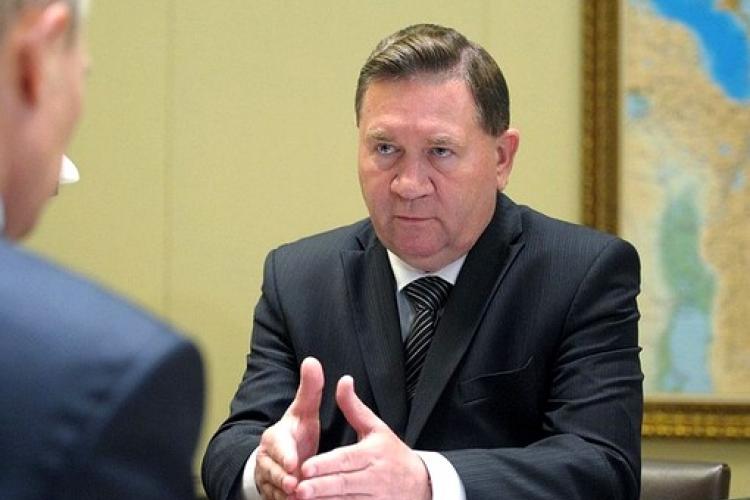
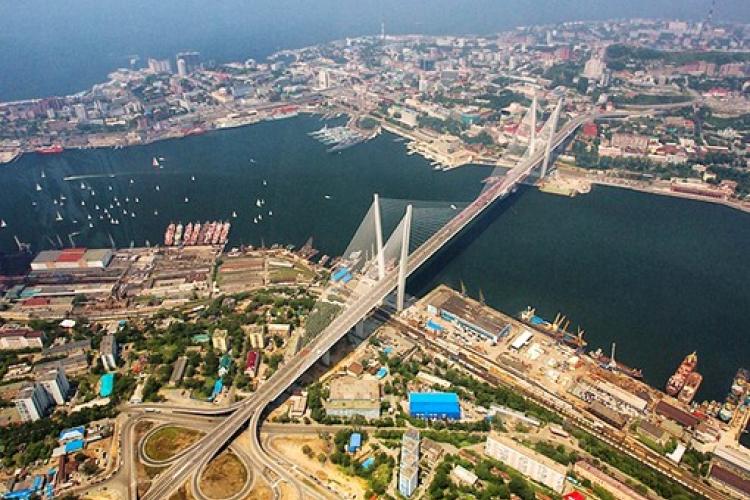

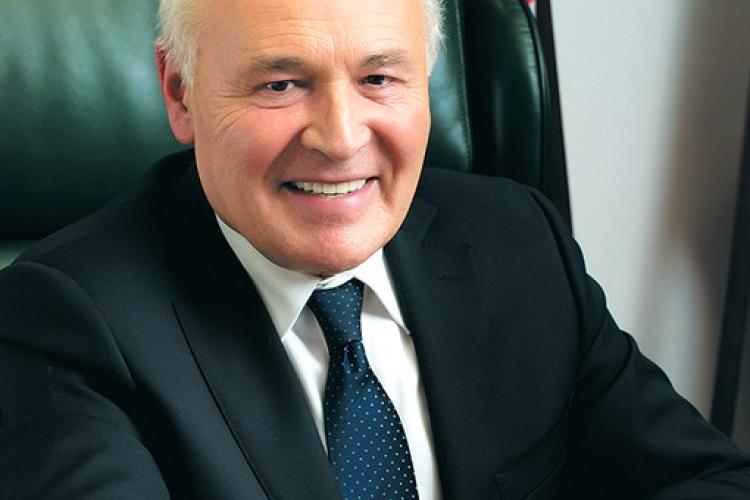
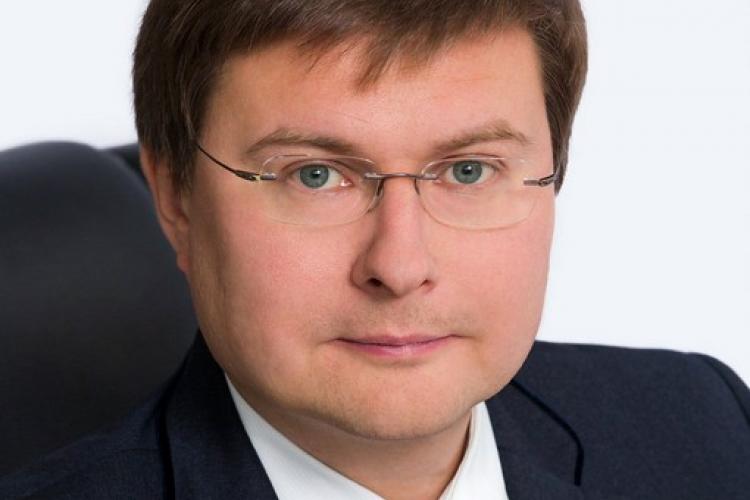


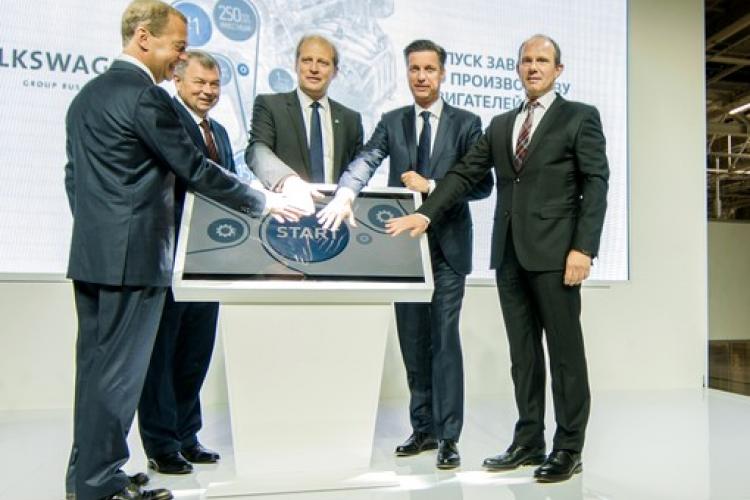
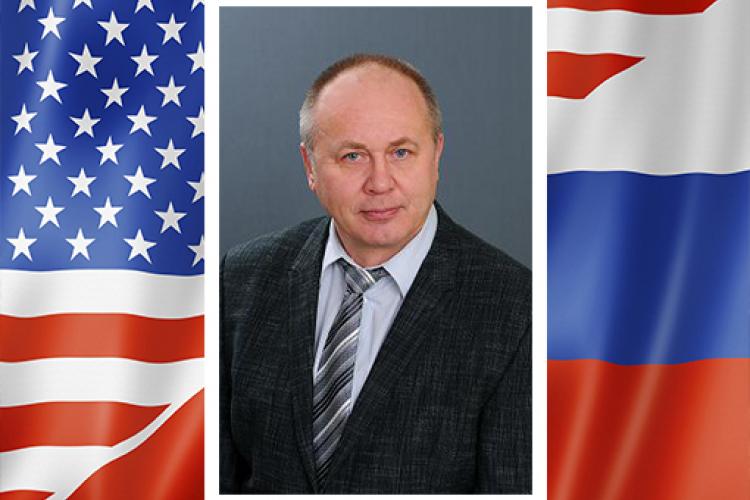

Leave a comment